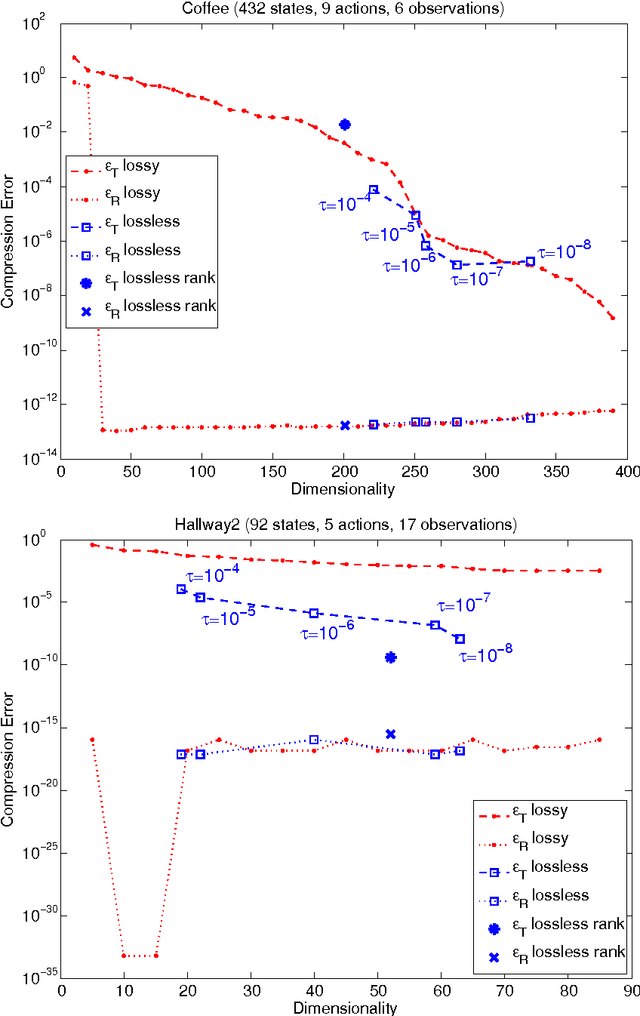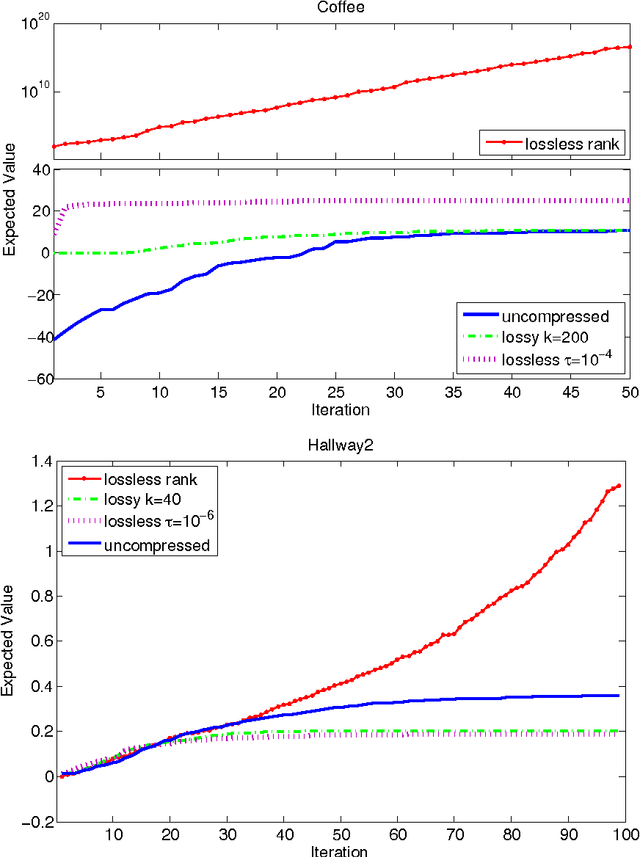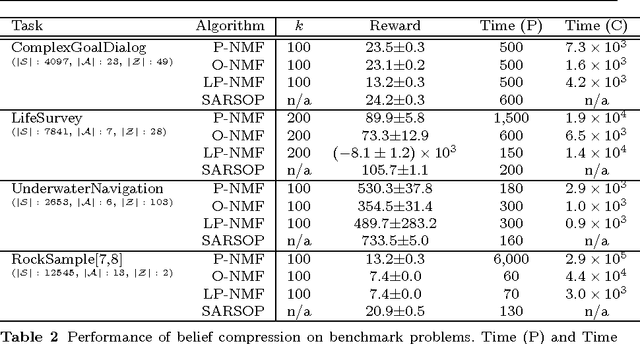Wenshuo Tang
A Review: Challenges and Opportunities for Artificial Intelligence and Robotics in the Offshore Wind Sector
Dec 13, 2021



Abstract:A global trend in increasing wind turbine size and distances from shore is emerging within the rapidly growing offshore wind farm market. In the UK, the offshore wind sector produced its highest amount of electricity in the UK in 2019, a 19.6% increase on the year before. Currently, the UK is set to increase production further, targeting a 74.7% increase of installed turbine capacity as reflected in recent Crown Estate leasing rounds. With such tremendous growth, the sector is now looking to Robotics and Artificial Intelligence (RAI) in order to tackle lifecycle service barriers as to support sustainable and profitable offshore wind energy production. Today, RAI applications are predominately being used to support short term objectives in operation and maintenance. However, moving forward, RAI has the potential to play a critical role throughout the full lifecycle of offshore wind infrastructure, from surveying, planning, design, logistics, operational support, training and decommissioning. This paper presents one of the first systematic reviews of RAI for the offshore renewable energy sector. The state-of-the-art in RAI is analyzed with respect to offshore energy requirements, from both industry and academia, in terms of current and future requirements. Our review also includes a detailed evaluation of investment, regulation and skills development required to support the adoption of RAI. The key trends identified through a detailed analysis of patent and academic publication databases provide insights to barriers such as certification of autonomous platforms for safety compliance and reliability, the need for digital architectures for scalability in autonomous fleets, adaptive mission planning for resilient resident operations and optimization of human machine interaction for trusted partnerships between people and autonomous assistants.
On the Linear Belief Compression of POMDPs: A re-examination of current methods
Aug 05, 2015



Abstract:Belief compression improves the tractability of large-scale partially observable Markov decision processes (POMDPs) by finding projections from high-dimensional belief space onto low-dimensional approximations, where solving to obtain action selection policies requires fewer computations. This paper develops a unified theoretical framework to analyse three existing linear belief compression approaches, including value-directed compression and two non-negative matrix factorisation (NMF) based algorithms. The results indicate that all the three known belief compression methods have their own critical deficiencies. Therefore, projective NMF belief compression is proposed (P-NMF), aiming to overcome the drawbacks of the existing techniques. The performance of the proposed algorithm is examined on four POMDP problems of reasonably large scale, in comparison with existing techniques. Additionally, the competitiveness of belief compression is compared empirically to a state-of-the-art heuristic search based POMDP solver and their relative merits in solving large-scale POMDPs are investigated.
 Add to Chrome
Add to Chrome Add to Firefox
Add to Firefox Add to Edge
Add to Edge